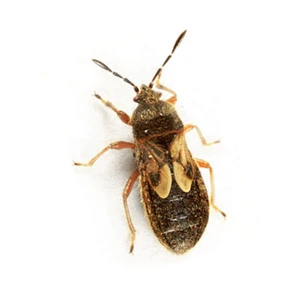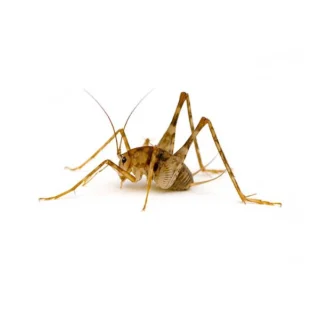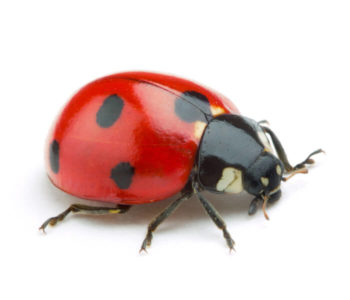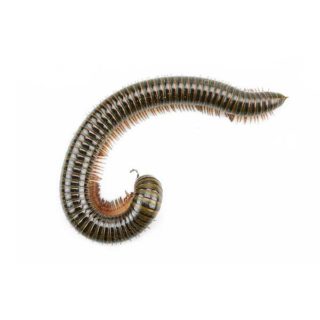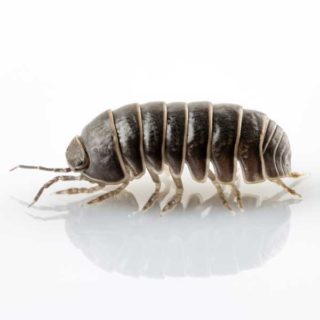Chinch Bugs in Central Arkansas
Annual chinch bug activity is widespread in many areas, potentially jeopardizing lawn vitality when their populations surge. Thriving in warm summer climates and sunlit areas, their diminutive stature renders them inconspicuous, frequently escaping notice until lawn damage becomes apparent. A telltale sign of chinch bug infestation in Central Arkansas manifests as patches of yellow or brown discoloration across the lawn.
Chinch Bug Habitat
A variety of chinch bug species specialize in invading different grass types. Western chinch bugs primarily target Kentucky bluegrass, ryegrass, and zoysia grass. The hairy chinch bug attacks Kentucky bluegrass, English ryegrass, red fescues, and bentgrass. Southern chinch bugs prefer St. Augustine, zoysia, and Bermuda grasses. Regardless of the species, they thrive in sunlit areas, with lawns being their primary habitat, although they can also infest leafy debris, dense thatch, and heaps of cut grass. Additionally, certain species can inhabit crops like corn, rice, small grains, and sorghum.
Chinch Bug Behaviors, Threats, or Dangers
In as little as 6 weeks, chinch bugs undergo five molting stages before maturing into adults. As lawn pests, they pose a formidable threat to the well-being of an otherwise flourishing lawn. When these insects feed on lawns, they inject a toxin into the plants or blades, disrupting the normal uptake of nutrients and moisture from the soil. Consequently, the affected grass or plants start to wilt, with enduring harm inflicted on crucial plant tissues essential for future growth. This activity manifests as widespread yellowing or browning patches throughout lawns. If you need help with a chinch bug problem, it’s recommended to contact your local pest control experts.
Need help with Chinch Bug control?
Need Pest Control Service?
Leave your information below and we’ll be in touch with a FREE quote!
"*" indicates required fields
*During normal business hours. After hours calls will be returned the next business day.
